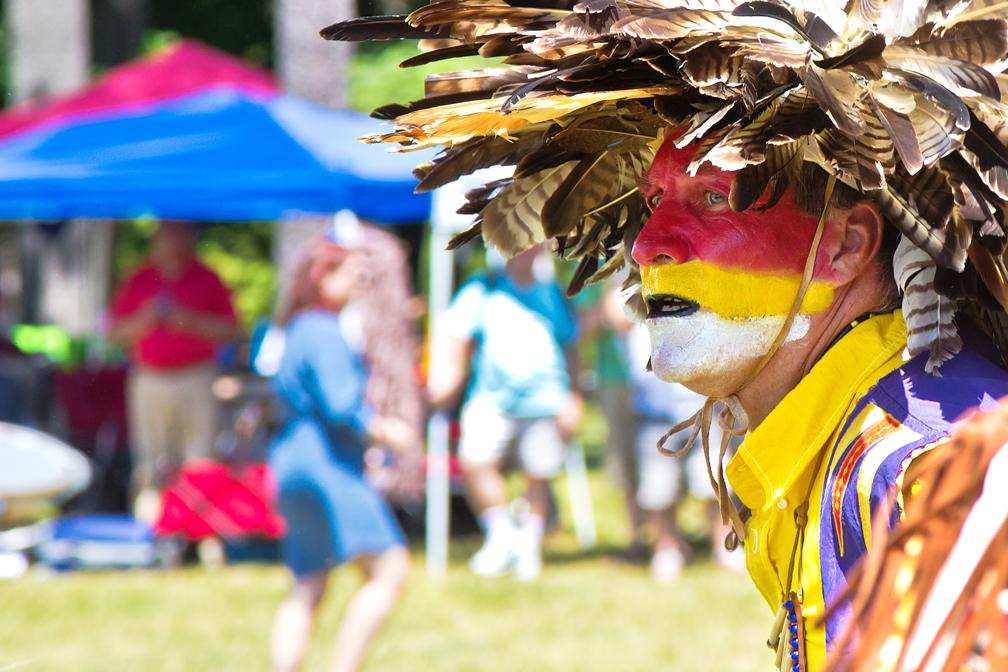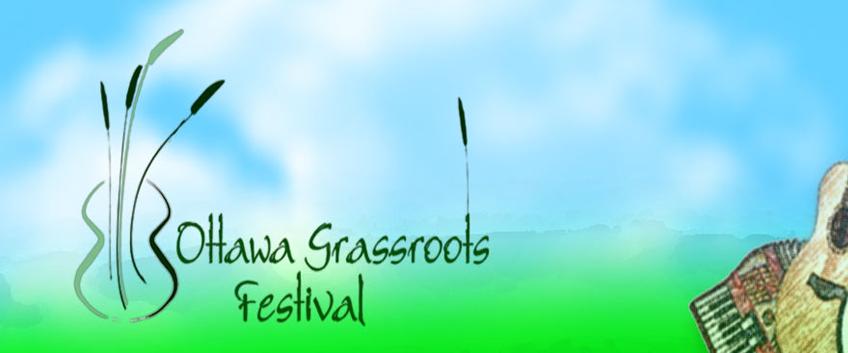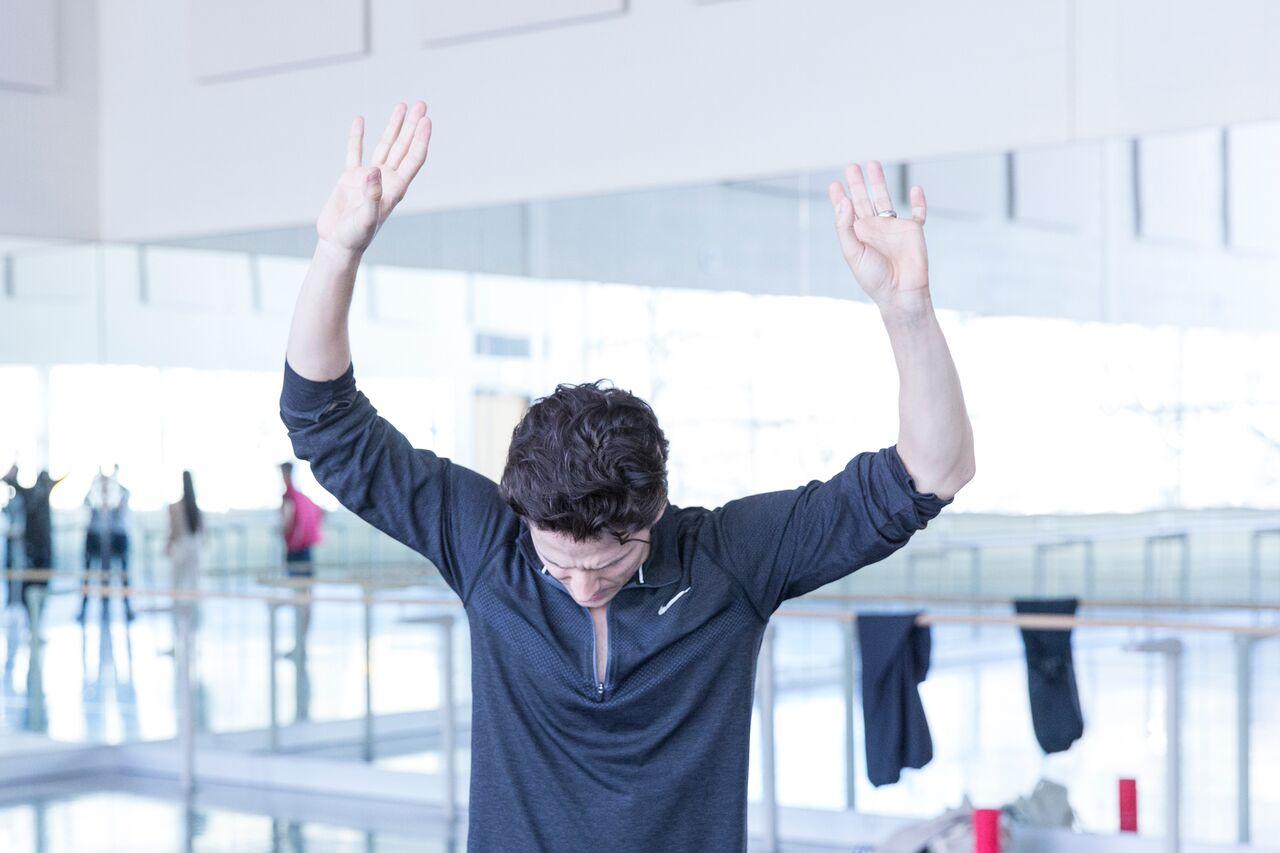
Guillaume Cote At The NAC
Photos by Aleksandar Antonjevic and Karolina Kuras
Tonight the National Art Center is launching its world premiere commission of three accomplished Canadian choreographers teamed with three exciting Canadian composers. The concert is named ENCOUNTERS. Emily Molnar from Ballet BC created a piece with Nicole Lizee, Alberta Ballet’s (and Gatineau born) Jean Grand-Maitre with Andrew Staniland, and National Ballet’s Guillaume Cote working alongside with Kevin Lau. I luckily had the pleasure of interviewing The National Ballet’s Principal dancer Guillaume Cote.
The first time I met Guillaume was at the Pearson airport. He and the rest of the National Ballet dancers were to perform in NYC. I recognized him from his photos and of course his permanently turned out legs. My friend and seatmate Krista Dowson introduced to him to me. Krista was one of the corps de ballet and eventually became one of my best friends.
People know him as a principal dancer at the NBC. He is the quintessential Prince, the hero, the tormented Romeo or the brilliant Nijinski. He is the gifted dancer who is the preeminent male dancer in Canada. His photos have been billboards all across the GTA, and he is married to Canada’s beloved sweetheart and NBC principal dancer Heather Ogden.
He’s a composer, a musician, and in a band thus making him a modern day renaissance man.
He is in great demand as a guest artist at major ballet companies around the world, such as Teatro alla Scala, English National Ballet, The Royal Ballet, American Ballet Theatre, The Mikhailovsky Theatre, The Hamburg Ballet, and Stuttgart Ballet.
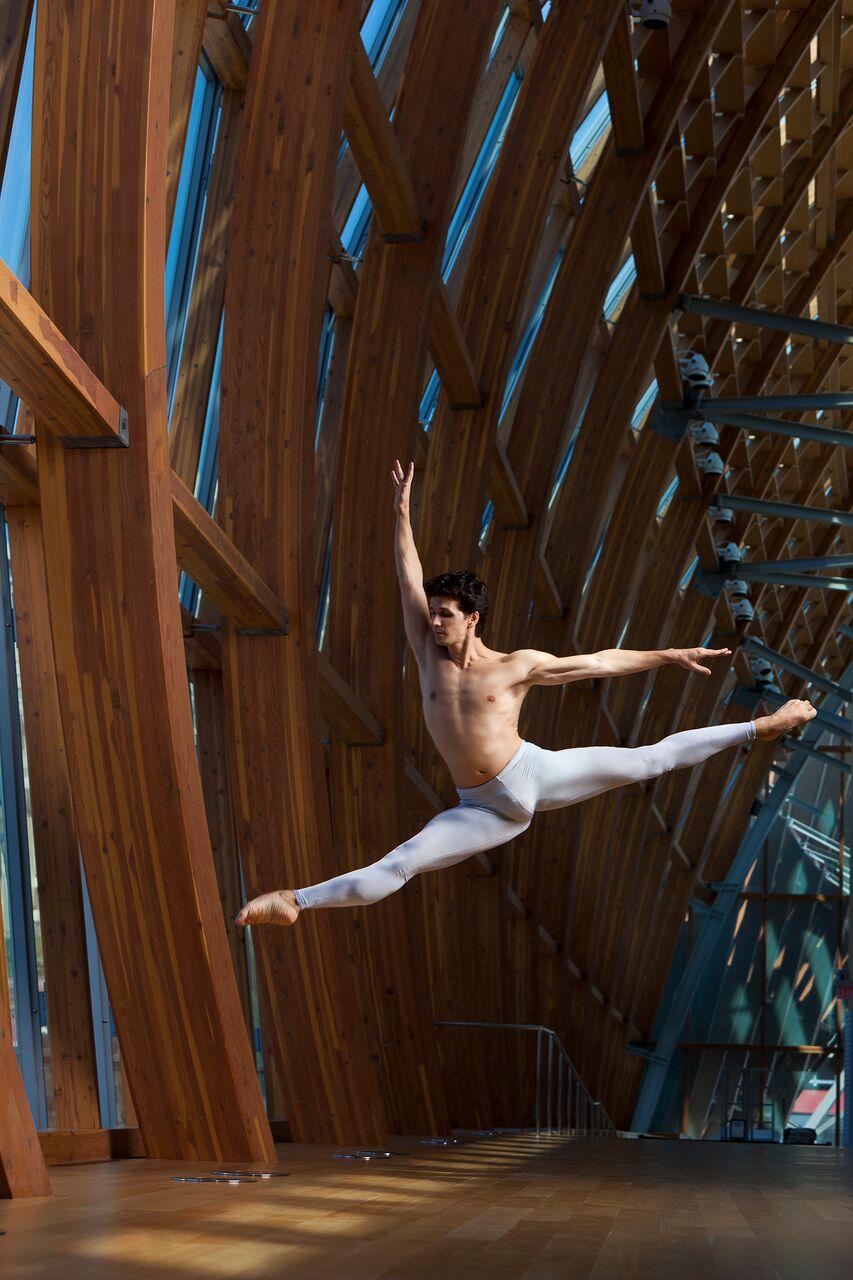 While he has created last year marked the opening of his first major choreographic endeavor– Le Petit Prince.
While he has created last year marked the opening of his first major choreographic endeavor– Le Petit Prince.
Ottawa Life Magazine: Hey Guillaume, Its great to connect and as you know, I have followed your career, and I am curious about your choreographic developments and everything you have done. Do you mind giving me a bit of a synopsis of the choreographic pieces that you have worked on.
Guillaume Cote: Thanks Justina, I have actually created a lot of choreography, so I won’t bore you with all of them however my most important pieces have been 'Being and Nothingness' a 50 min work for National Ballet of Canada and The Petite Prince.
How did you get into dance, and eventually choreography?
I decided late in life to pursue a career in dance. I was 11 when I joined the National Ballet School in Toronto, but decided when I was 15 to make dance my career. It was during a time when the roles for men in ballet were just opening up and there was a lot more opportunity. I love the athleticism and I instantly fell in love with telling stories. I felt that as I got older I could start to develop more then just technique and discover the artistry behind the movement.
I know that you have other creative pursuits, and I have seen a few of your pieces at the Ballet Gala, at one point you were playing the piano. What I like is that you are a new choreographer and you are still embracing beauty. Your pieces are beautiful you don’t do ugly movements, and yet everything is still very modern.
Thank you. I think it’s important to come from a place of integrity and I've always been drawn to works that include some elements of classicism. I think that's what you mean by beauty. I also love to create work that acknowledges the music and tells the visual story of what one is hearing. I feel like dance is stronger when it's working hand in hand with the music and musicality over all, for me is key. I understand the idea of dancing to noise, and sometimes that is cool, but it’s not what I have done so far.
Tell me about the NAC commissioned piece that you are presenting.
The piece Dark Angels is about the struggle and tension of an outsider coming into an already established group. It’s the tension that is felt with isolation and fitting in. I don’t want to give away the whole story, and I know that people will take away different aspects of the piece, and maybe observe certain nuances on their own.
It’s a compelling piece that is prompted by Kevin Lau’s score who composed it specifically for me.
That’s really cool!! So how does the collaboration process work? Does he compose the piece at the same time that you are choreographing?
No we work together in the traditional way. He composes the music and I choreograph the movement. A lot of people hope that we create both the music and the choreography at the same time, however, we don’t.
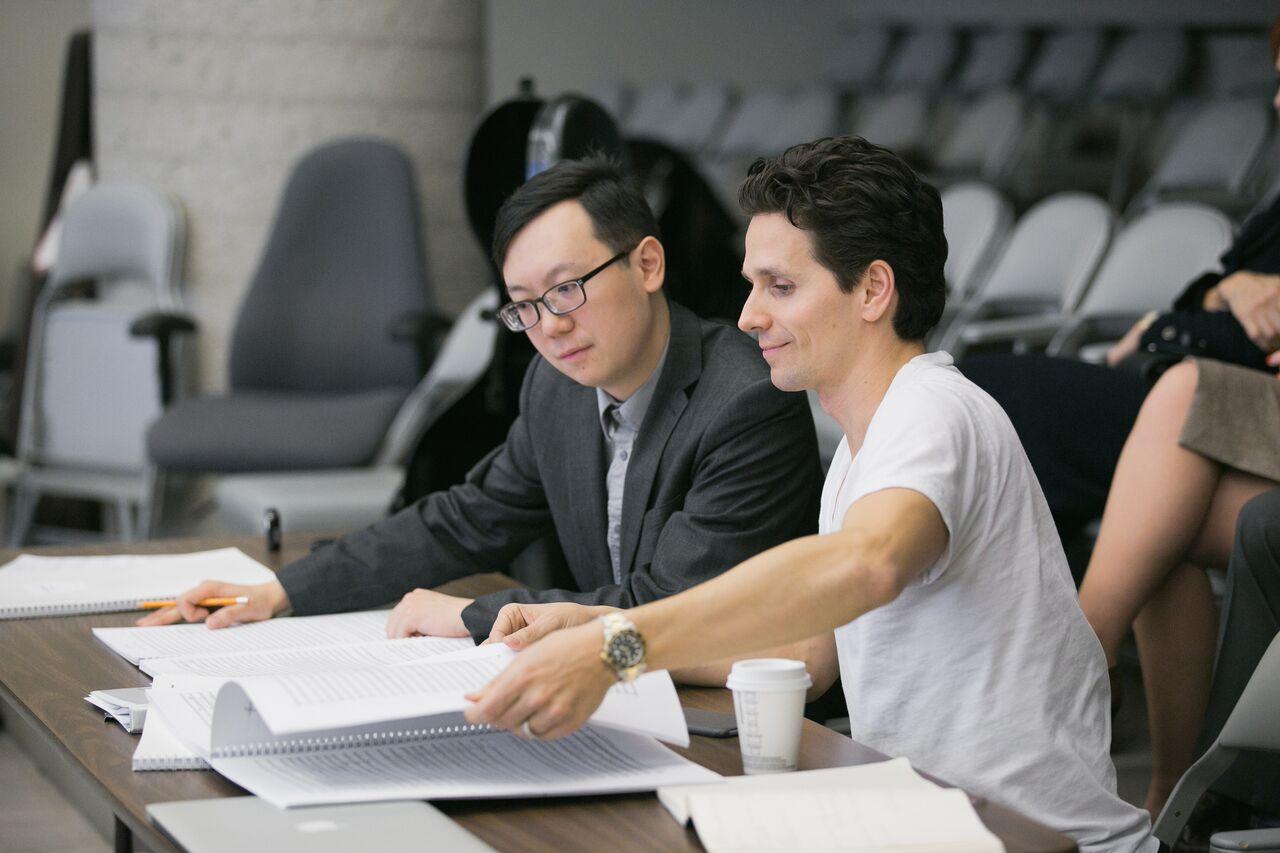
I can only imagine that creating everything at the same time would be chaotic and overwhelming. That would be very difficult.
Kevin and I have worked before on le Petit Prince and I like the melodic storytelling aspect of his work. He was the resident composer at the TSO, and worked alongside with our music director David Briskin. Generally we discuss the themes and the ideas of the project. He then creates the music and once I hear the music I usually figure out the choreography.
How does the choreography usually happen? Do you visualize the movement, or are you compelled to move a certain way when you hear particular pieces of the music? How does that happen?
When I first hear the music, I get at least 15 ideas of what to do, and it’s a process of elimination to find the best direction for the music. Usually the 'right' idea usually reveals itself throughout the process and that's the moment when the works starts to create itself. Sometimes it's harder to find it and you stay within something that might not work so well. It's the risk of creation.
That must be really disappointing.
It is. It’s different from other creative disciplines with architecture you know right away that something won’t work. With painting, one can step away from the canvas early on in the process and see if they're on the right track. Like with you, and your fabric, you know if the fabric is not going to work early on in the design. With dance it's more mysterious. Dancers bring their abilities and artistries to the piece and sometimes movement details and overall staging becomes complicated. With dance, sometimes I have ideas that are worked on and these ideas include other people and rehearsal time. Being a choreographer requires one to have a very different set of mental tools than being a dancer. It’s the difference between being an architect and the craftsmen who are working on the building. There is a lot of communication and the communication methods are not the same as other disciplines. I think that throughout my dance career, working with hundreds of the best choreographers in the world and seeing them work through the process has enabled me to be able to be a better choreographer, and learn the efficient and organizational methods while still invoking the creative process for both me and the dancers.
So what is next? You are a dancer, a choreographer, a musician, and you are in a band. Have you thought of having your band mates play and creating dance to that?
(laughs) You never know.


